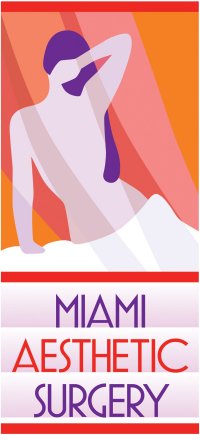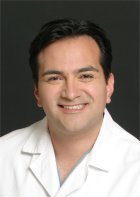skip to main |
skip to sidebar
 One of the best things about being a plastic surgeon is having the opportunity to pack your surgical skills- and a little bit of suture- into your luggage and travel around the world to change the lives of others through plastic surgery.
One of the best things about being a plastic surgeon is having the opportunity to pack your surgical skills- and a little bit of suture- into your luggage and travel around the world to change the lives of others through plastic surgery.
This past June, I was fortunate enough to travel with my Miami team to the Peruvian Andes. It was an incredible experience and we are currently planning next year's trip for June 2009.
This week, our team was highlighted in the Miami Herald!
Outreach improves lives
Miami Herald- October 18, 2008:
Thanks to two Coral Gables churches, a family in Costa Rica now enjoys a healthier environment and scores of people in a remote Peruvian Village enjoy better health.
On separate trips in June, Granada Presbyterian Church and Coral Gables Congregational Church took their ministries on the global road as part of their respective efforts to help the underprivileged in other countries.
“This is something we’re extremely proud of because it’s not just changing one person, its changing a community,” said the Rev. Guillermo Marquez-Sterling, associate pastor at Coral Gables Congregational Church.” It’s our understanding of how God wants us to use our resources.” The church, 3010 De Soto Blvd., provides year – round support to various organizations that work with missionary sites and sends groups to the sites once or twice a year. This summer, the church assembled a medical team of eight nurses, two anesthesiologists and two plastic surgeons from the Miami area to visit one of a cluster of tiny villages in the sacred Inca Valley in Peru. The medical team performed 48 surgeries from removing a growth from the bridge of a man’s nose so that he could wear glasses to helping patients with major burn scars and ear reconstruction.
“It’s a gift from Miami to the people in Peru, and they were very grateful,” said plastic surgeon Dr. Pat Pazmino of Miami Aesthetic.
Dr. Pazmino, who traveled with the church for the first time in June, said it was an amazing experience. “We traveled down to Peru, and were thinking we were giving them this gift,” he said. “But after experiencing their warmth, generosity and gratitude, we realized we were the ones who had received the gift.”

 What makes a person beautiful?
What makes a person beautiful?
An interesting article in the New York Times tries to answer this age-old question with a 21st Century solution.
Scientists in Israel have created a computer program that uses mathematical formulas to measure a person's facial features and change them into a theoretically more “attractive” appearance. They have run many different photographs through this program with surprising results. Some photos had drastic changes (like the one above) while other photos had few alterations. See these photos here.
How can we explain these results? We can first start to look at how the program was designed. The scientists conducted surveys of 68 men and women from Israel and Germany. These participants looked at photographs and voted on which ones they thought were the most attractive. These answers were used to create the mathematical formulas that became the basis of the computer program. The surveys showed that there was surprising agreement of what is considered beautiful across cultures and ethnic groups. Qualities that were considered beautiful include symmetry, youthfulness, the clarity of skin, and vivid colors of the eyes and hair.
Too much of a good thing… Is symmetry and the correct size of our facial features what makes a person beautiful? As a plastic surgeon, I would have to say that the answer is No. Beauty is not having the “right” size nose, lips, and eyes, but how all these individual features come together to make the composite portrait. A person is much more than the sum of their parts.
Symmetry alone is not all it’s cracked up to be. In our practice, digital photography plays a huge role in documenting our work and educating our patients. With our digital morphing software, we often show patients what they would look like if their faces were completely symmetric (If the right side of their face looked just like the left side, and vice versa). The result is almost always artificial and NOT attractive.
With our patients, we show them how small changes can rejuvenate their appearance and create a great result. Want to see what you would look like if you were completely symmetric? With two right or left halves of your face? Send us a photo and find out! 
 One of the best things about being a plastic surgeon is having the opportunity to pack your surgical skills- and a little bit of suture- into your luggage and travel around the world to change the lives of others through plastic surgery.
One of the best things about being a plastic surgeon is having the opportunity to pack your surgical skills- and a little bit of suture- into your luggage and travel around the world to change the lives of others through plastic surgery.







